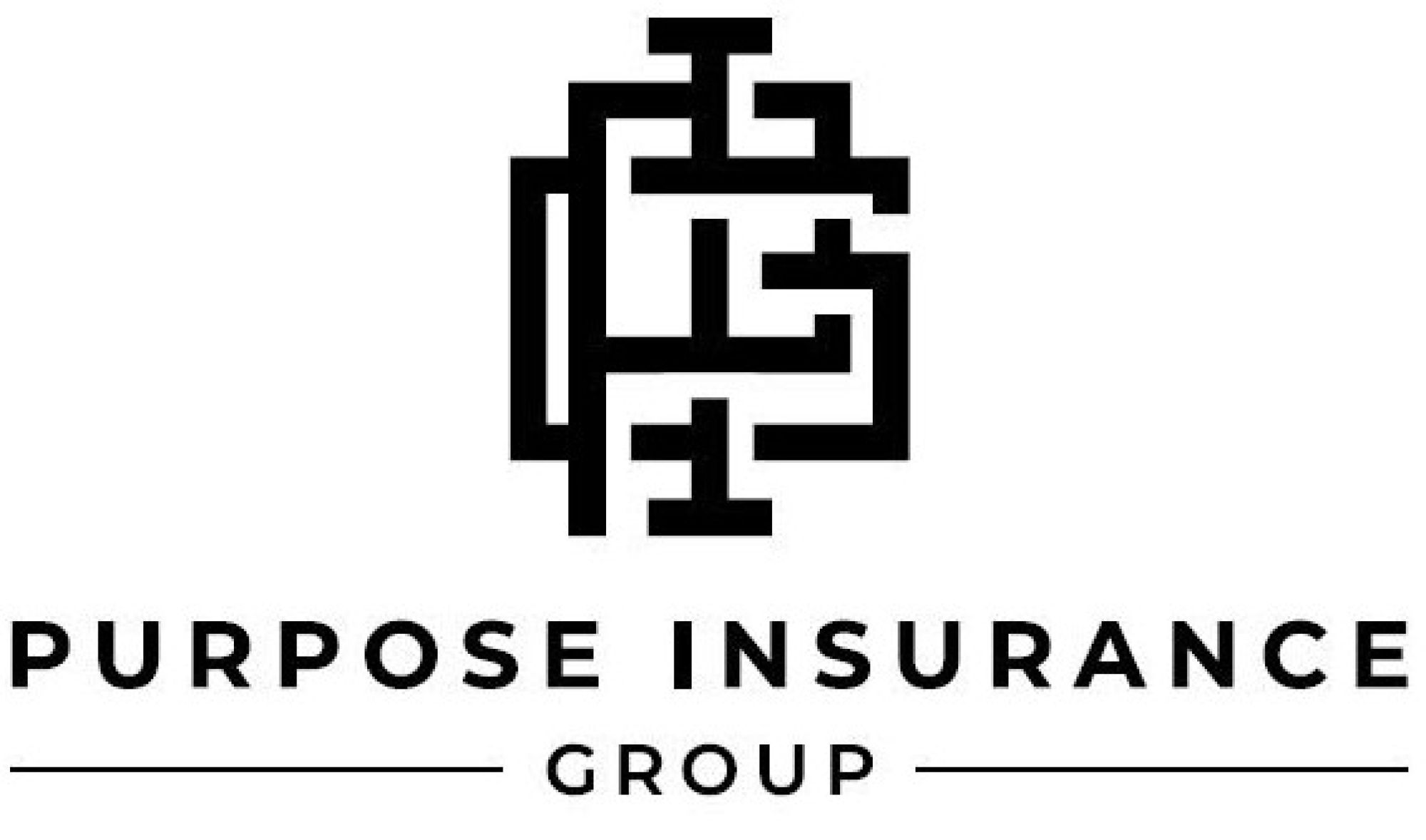The Single Strategy To Use For Pacific Prime
Table of ContentsThe Ultimate Guide To Pacific PrimePacific Prime Can Be Fun For EveryonePacific Prime - TruthsA Biased View of Pacific PrimeThe Definitive Guide for Pacific Prime

This is since the information were collected for a period of solid financial performance. Of the approximated 42 million people that were without insurance, almost concerning 420,000 (about 1 percent) were under 65 years of age, the age at which most Americans end up being qualified for Medicare; 32 million were adults in between ages 18 and 65, around 19 percent of all grownups in this age; and 10 million were youngsters under 18 years of age, about 13.9 percent of all youngsters (Mills, 2000).
These estimates of the variety of persons uninsured are generated from the annual March Supplement to the Present Populace Survey (CPS), conducted by the Census Bureau. Unless otherwise kept in mind, nationwide price quotes of individuals without health insurance policy and proportions of the populace with different type of protection are based upon the CPS, one of the most extensively utilized source of quotes of insurance protection and uninsurance prices.
Unknown Facts About Pacific Prime

Still, the CPS is particularly valuable due to the fact that it generates yearly price quotes reasonably quickly, reporting the previous year's insurance protection approximates each September, and since it is the basis for a regular collection of quotes for more than two decades, permitting for evaluation of patterns in protection in time. For these factors, in addition to the substantial usage of the CPS in other studies of insurance protection that exist in this report, we depend on CPS price quotes, with constraints noted.

The estimate of the number of uninsured individuals expands when a populace's insurance coverage standing is tracked for a number of years. Over a three-year period starting early in 1993, 72 million individuals, 29 percent of the united state population, were without insurance coverage for at the very least one month. Within a single year (1994 ), 53 million people experienced a minimum of a month without protection (Bennefield, 1998a)
Six out of every 10 uninsured adults are themselves employed. Although working does enhance the probability that one and one's member of the family will certainly have insurance coverage, it is not an assurance. Even participants of families with two full time breadwinner have virtually a one-in-ten opportunity of being without insurance (9.1 percent without insurance price) (Hoffman and Pohl, 2000).
Pacific Prime - Truths
New immigrants account for a significant proportion of people without health insurance. One evaluation has actually attributed a substantial part of the current development in the dimension of the united state without insurance populace to immigrants that got here in the country between 1994 and 1998 (Camarota and Edwards, 2000). Current immigrants (those who involved the United States within the previous 4 years) do have a high price of being uninsured (46 percent), however they and their kids account for simply 6 percent of those without insurance across the country (Holahan et al., 2001).
The connection in between medical insurance and access to care is well developed, as documented later on in this phase. Although the relationship in between medical insurance and wellness outcomes is neither direct neither simple, an extensive scientific and health solutions study literary works web links wellness insurance policy protection to better accessibility to care, far better quality, and enhanced personal and populace wellness status.
Degrees of evaluation for taking a look at the impacts of uninsurance. This conversation of health and wellness insurance policy coverage focuses largely on the U.S. population under age 65 due to the fact that practically all Americans 65 and older have Medicare or other public insurance coverage. Furthermore, it focuses especially on those with no wellness insurance coverage for any type of size of time.
All About Pacific Prime
The issues faced by the underinsured are in some aspects comparable to those encountered by the uninsured, although they are usually much less extreme. international travel insurance. Uninsurance and underinsurance, go to these guys nonetheless, entail clearly various policy concerns, and the techniques for addressing them may differ. Throughout this research study and the five reports to adhere to, the major emphasis gets on persons without any wellness insurance policy and thus no assistance in spending for healthcare past what is offered through charity and safeguard organizations
Medical insurance is a powerful variable affecting invoice of care because both people and doctors react to the out-of-pocket rate of services - https://www.storeboard.com/pacificprime. Medical insurance, nonetheless, is neither necessary nor enough to get to clinical services. The independent and straight impact of health and wellness insurance coverage on access to health services is well established.
Others will obtain the healthcare they require even without wellness insurance, by spending for it expense or seeking it from carriers who offer treatment totally free or at highly subsidized rates. For still others, medical insurance alone does not guarantee invoice of treatment since of other nonfinancial obstacles, such as an absence of healthcare carriers in their neighborhood, minimal accessibility to transport, illiteracy, or etymological and cultural distinctions.
What Does Pacific Prime Do?
Official research about without insurance populaces in the United States dates to the late 1920s and very early 1930s when the Board on the Cost of Treatment generated a collection of records concerning financing physician office brows through and hospital stays. This concern became prominent as the numbers of clinically indigent climbed up throughout the Great Anxiety.